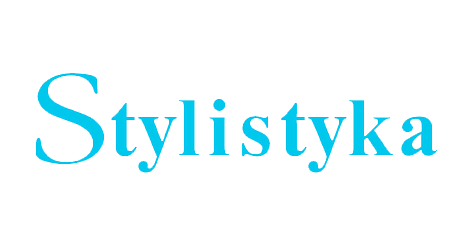

The author argues that the conception of emptiness, ambivaient on physical and philo[1]sophical grounds, can be projected onto natural languagt. On the one hand, we can face here “absolute emptiness”, which is a total lack of certain elements in the linguistic sys[1]tem, on the other - gaps that tend to be filled in by the language user. It seems that the na[1]tural human propensil у to complete the encountered empty places, lacunae, areas of inde[1]terminacy, or blind spots is also well-visible in language. And although such gaps can be spotted at each linguistic level, their occurrence is especially interesting at the level of se[1]mantics, stylistics and discourse analysis. Tin, question of how interlocutors, readers and translators cope wft і such areas of blindness has been discussed by philosophers, literary critics, linguists and semioticians (most notably R. Ingarden, W. Iser, U. Leo, L. Doleźel). Doleźel і ;htly pointed out that “absences" and “silences” in texts (mostly fictional) can be either total (i. e. the ontological indeterm часу of fictional worlds) or only apparent (implicit meanings hidden yet recoverable from the text). The author of the present article perceives in the ontological incompleteness of fiction an instance of absolute, irrecovera[1]ble emptiness, whereas the idea of the text as an inferential machine, which through hints and suggestions prompts the reader to fill in the gaps (the case of concretisation in Ingar[1]den’s terminology) squares witn ner idea of the emptiness that tends toward an ultimate, if only partial completion. One of tenets of this paper is also the gamesome, ludic character of the activity of gap-filling. The completion of empty spaces in texts / discourses is a prototypical pragmatic game of the reader, critic or translator - their quite automatic ans[1]wer to the authorial move of saturating the text with gaps (the term saturation or density of gaps has been borrowed from Doleźel 1995).
Pobierz pliki
Zasady cytowania